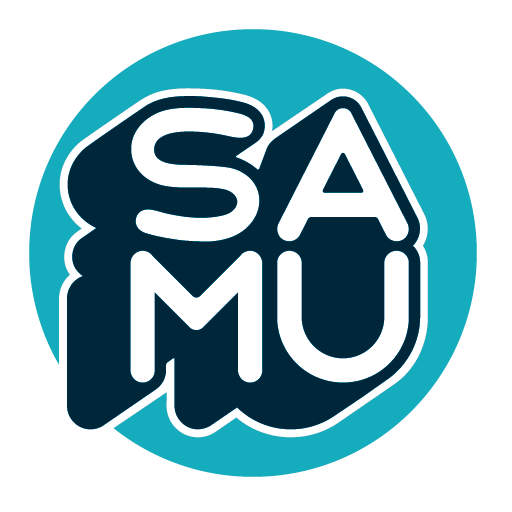STUDY BREAK ROUTINE
When you have tons of things to get done, nothing feels better than reaching that flow state where it feels like everything is just working. But, on the reverse side, crashing from that productive high when you still have things to get done can feel disheartening. If you feel yourself getting to this point, it’s time to take a break. However, if you’re like me, taking a break always comes with the risk of falling into a slump and before you know it, the day is ending, and you never got the rest of those things done. When you’ve been working hard and you’re crashing, it can be tempting to spend your break doing something mindless like scrolling through your phone or watching the next episode in whatever series you’re hooked on. However, these activities can easily increase the amount of resistance you face in trying to get back to your work, and you might end up not getting back to it. To avoid that happening, I’ve come up with a study break routine to help you feel refreshed instead of sluggish, and hopefully get you back into that flow state.
To use your break effectively, start with leaving everything as is, and taking a step away from your workspace. Physically removing yourself from your work environment will help you leave your work at your desk and allow you to shift your focus onto something else. What you don’t want to do is continue thinking about your work during your break. If you spend your whole break thinking about work, then you’re not taking a break.
After stepping away, check-in with yourself. If you’ve been working for a while, odds are you probably have some physical needs that require tending to. Prepare yourself a nourishing snack, grab a glass of water (maybe with some lemon, if you’re feeling fancy), and sit down. At this point, you’ll probably experience the highest amount of temptation to either scroll your phone or watch something. But, since we’re trying to make sure we get back to work, do your best to avoid giving in to this. Instead, take this time to just sit with yourself, take a breather, and enjoy your snack.
After you’ve replenished your vitals, I’d suggest performing some acts of personal hygiene. This can be washing your face, having a shower, flossing your teeth, or even just changing your clothes. Maybe this is a bit of an odd study break activity, but I find doing something for my hygiene makes me feel refreshed like my day is starting anew. As well, I find simple things like changing my clothes or taking a shower help break up the day, letting me leave what has already happened behind, and focusing on what’s coming up next.
By now, you should have recovered some of that “fresh start” feeling. Before getting back to work, get your blood flowing with some physical movement. Sitting for a long time can cause stiffness and constrict blood flow, which is not an optimal condition for getting work done. Depending on the weather, you can maybe go for a walk outside, or you can just stay in and do some stretches or a quick at-home workout. Getting a little bit of movement during your break can help bring some energy back into your day and help you feel that much more refreshed. Just make sure you don’t do so much movement that you’re too tired to get any more work done.
When you’re starting to feel like your mind’s a bit clearer, you’ve regained some energy, and you’re ready to get back to work, do a quick reset of your workspace. Organize your material, put away things you’re finished with and keep out things you still need, remove empty mugs or glasses, and close browser tabs and windows you don’t need open anymore. Before starting again, take stock of what you’ve done, and what you still need to do. After assessing what you still have left to do, decide on somewhere to start, typically on the most important item. Then, get back to it.
STUDY BREAK CHECKLIST
- Step Away from Workspace
- Nourish Your Vitals
- An Act of Personal Hygiene
- Get Some Movement
- Organize Your Workspace
- Take Stock of Tasks
- Get Back to It



